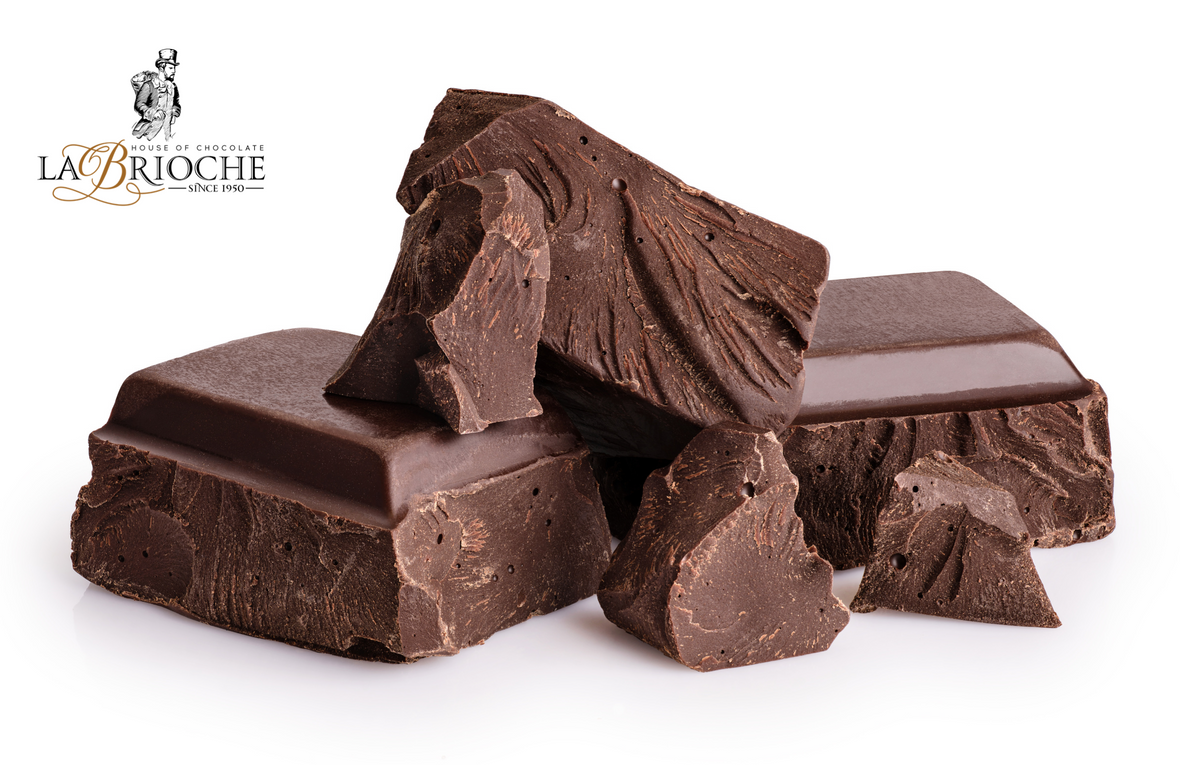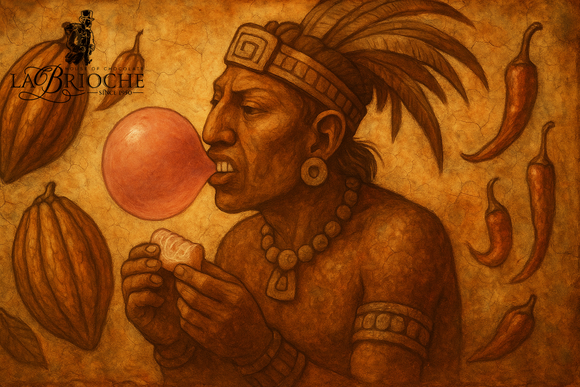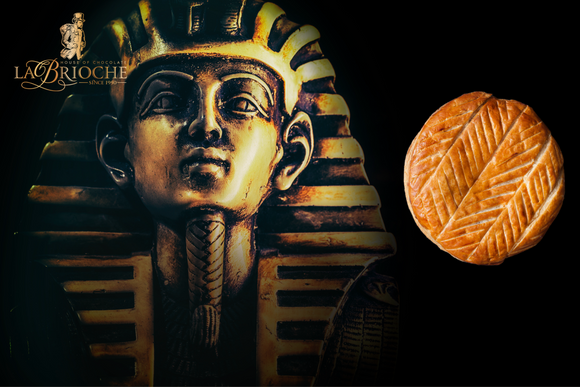
What Characterizes the Taste of Chocolate?
Omar Adnan Jabri
Title: Decoding the Flavor Profile of Chocolate: Understanding the Factors that Characterize its Taste
Introduction: Chocolate is a popular confectionery made from cocoa beans that has been enjoyed for centuries. Its unique taste is one of the primary reasons for its widespread appeal. The taste of chocolate is complex and multi-dimensional, influenced by various factors that contribute to its overall flavor profile. In this research, we delve into the key characteristics that define the taste of chocolate, including sweetness, bitterness, richness, cocoa flavor, roasty notes, other flavor notes, and mouthwatering sensation. Understanding these factors can provide insights into the sensory experience of consuming chocolate and shed light on the intricacies of its taste.
Sweetness: Sweetness is a fundamental characteristic of chocolate taste. Most chocolates are sweetened with sugar, which provides a pronounced sweetness that can vary depending on the type of chocolate and the amount of sugar used. The level of sweetness in chocolate can impact the perceived flavor balance, with sweeter chocolates often being associated with a milder taste profile. However, the perception of sweetness can also be influenced by other factors such as the type of sugar used, the presence of other flavor notes, and the individual's taste preferences.
Bitterness: Bitterness is another important component of chocolate taste. Cocoa beans, the primary ingredient in chocolate, naturally contain compounds such as cocoa solids and cocoa powder that can impart a bitter taste. The level of bitterness in chocolate can vary depending on factors such as the origin and processing of the cocoa beans, the percentage of cocoa content in the chocolate, and the roasting process. Bitterness in chocolate can contribute to its complexity and add depth to its flavor profile, especially in dark chocolates with higher cocoa content. However, excessive bitterness can also be perceived as unpleasant by some individuals.
Richness: The richness of chocolate refers to its luxurious and indulgent texture and mouthfeel. Cocoa butter, a natural fat present in cocoa beans, is a key component of chocolate that contributes to its smoothness and creaminess. The amount of cocoa butter in chocolate can vary depending on the type of chocolate and the manufacturing process. Higher-quality chocolates often have a higher percentage of cocoa butter, resulting in a richer mouthfeel. The sensation of richness in chocolate can enhance its taste perception, making it more enjoyable and satisfying to consume.
Cocoa Flavor: The flavor of cocoa is a defining characteristic of chocolate taste. Cocoa beans undergo a fermentation and roasting process that develops their unique flavor profile. The flavor of cocoa can vary depending on various factors such as the origin of the beans, the type of cocoa used, and the roasting profile. Cocoa flavor is often described as complex, with notes of earthiness, fruitiness, acidity, and even floral or spicy undertones. The flavor of cocoa is a crucial factor that distinguishes different types of chocolate, such as dark, milk, or white chocolate, and adds depth and complexity to their taste profiles.
Roasty Notes: Roasty notes are another important aspect of chocolate taste. The roasting process of cocoa beans can impart roasty, nutty, and sometimes even smoky notes to chocolate. The duration and temperature of the roasting process can influence the intensity of these flavors, with longer and darker roasting resulting in more pronounced roasty notes. Roasty flavors can complement the natural flavors of cocoa and contribute to the overall flavor complexity of chocolate.
Other Flavor Notes: Apart from sweetness, bitterness, richness, cocoa flavor, and roasty notes, chocolate can exhibit various other flavor notes that can further characterize its taste. For example, some chocolates may have vanilla undertones, caramel notes, or hints of spices, fruits, or nuts. These additional flavor notes can result from various factors such as the use of different ingredients, flavorings, or processing methods during chocolate



